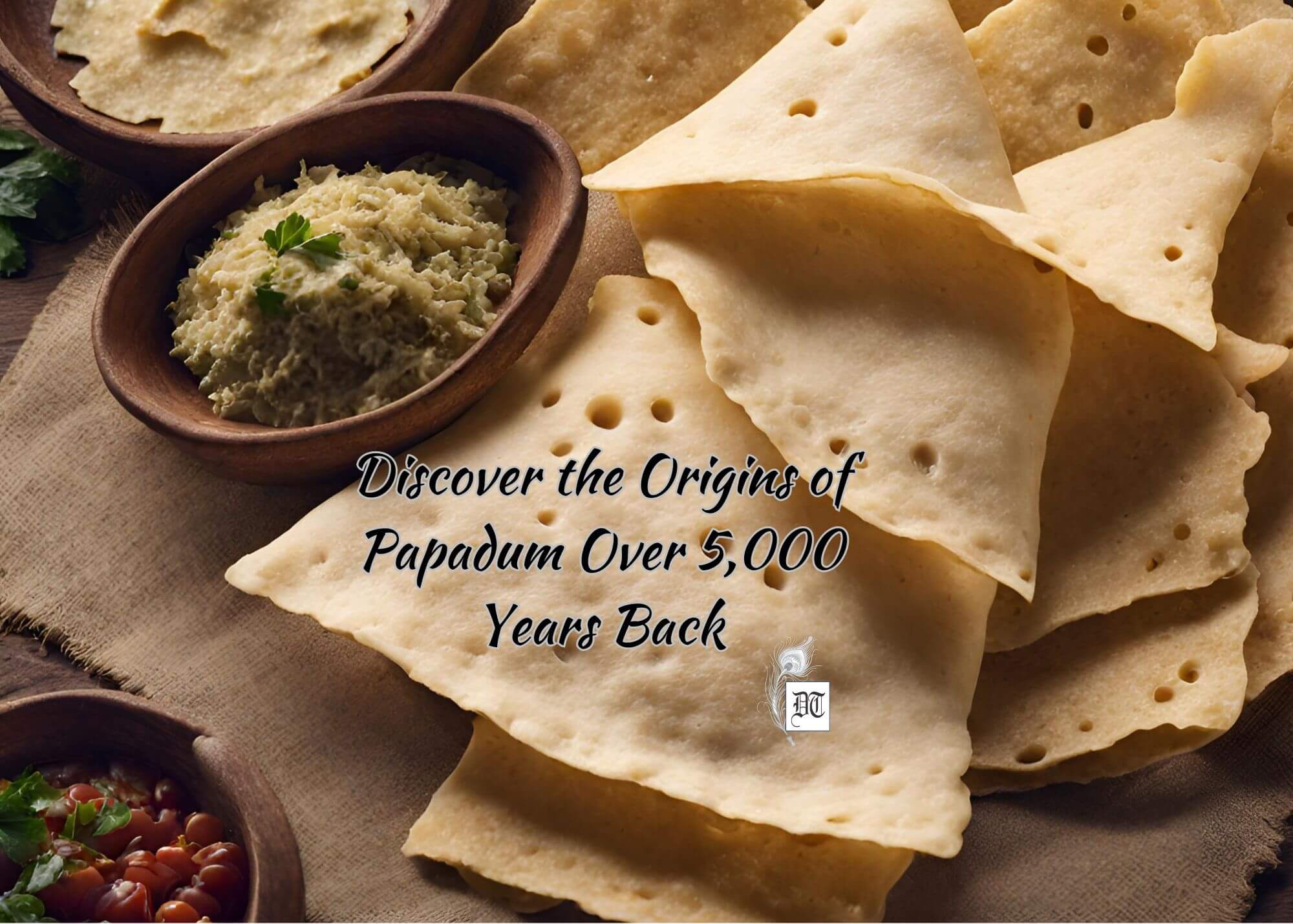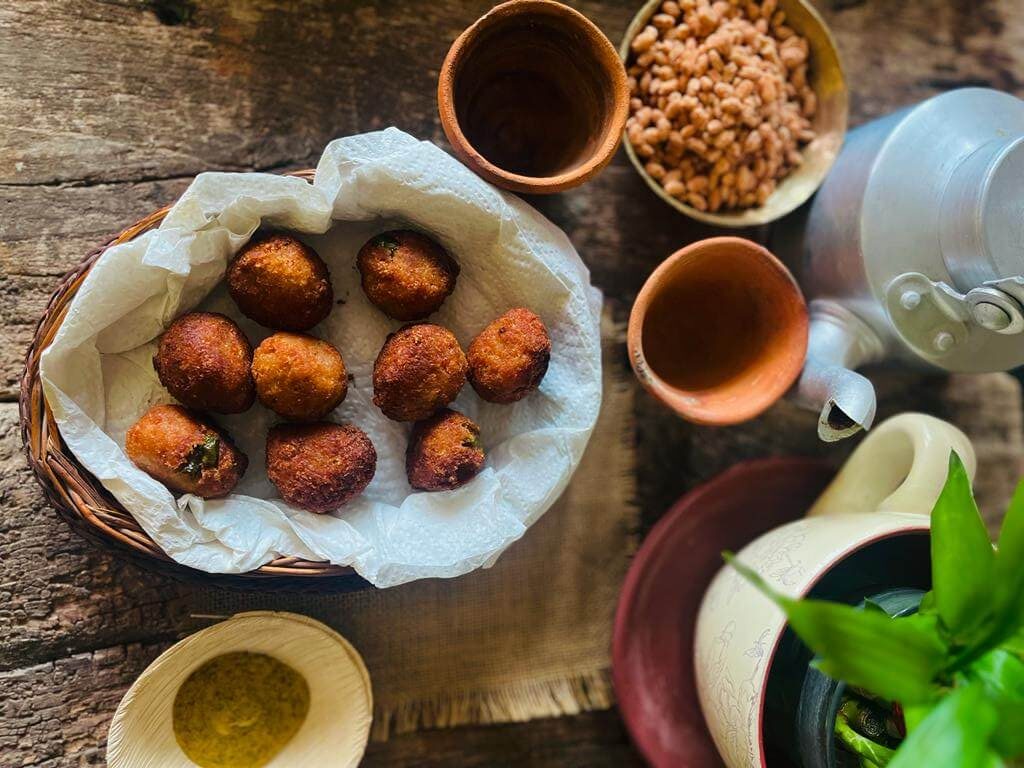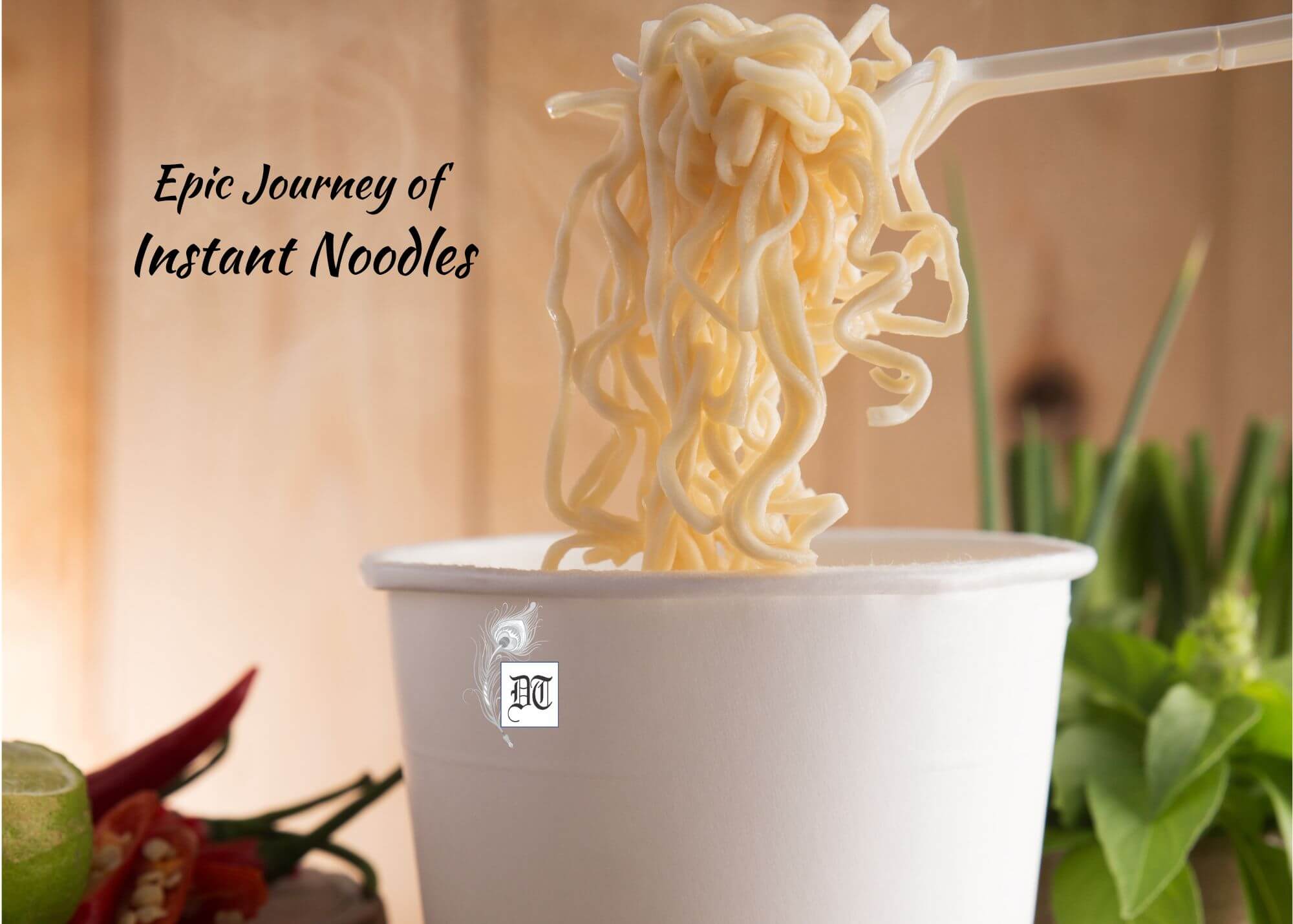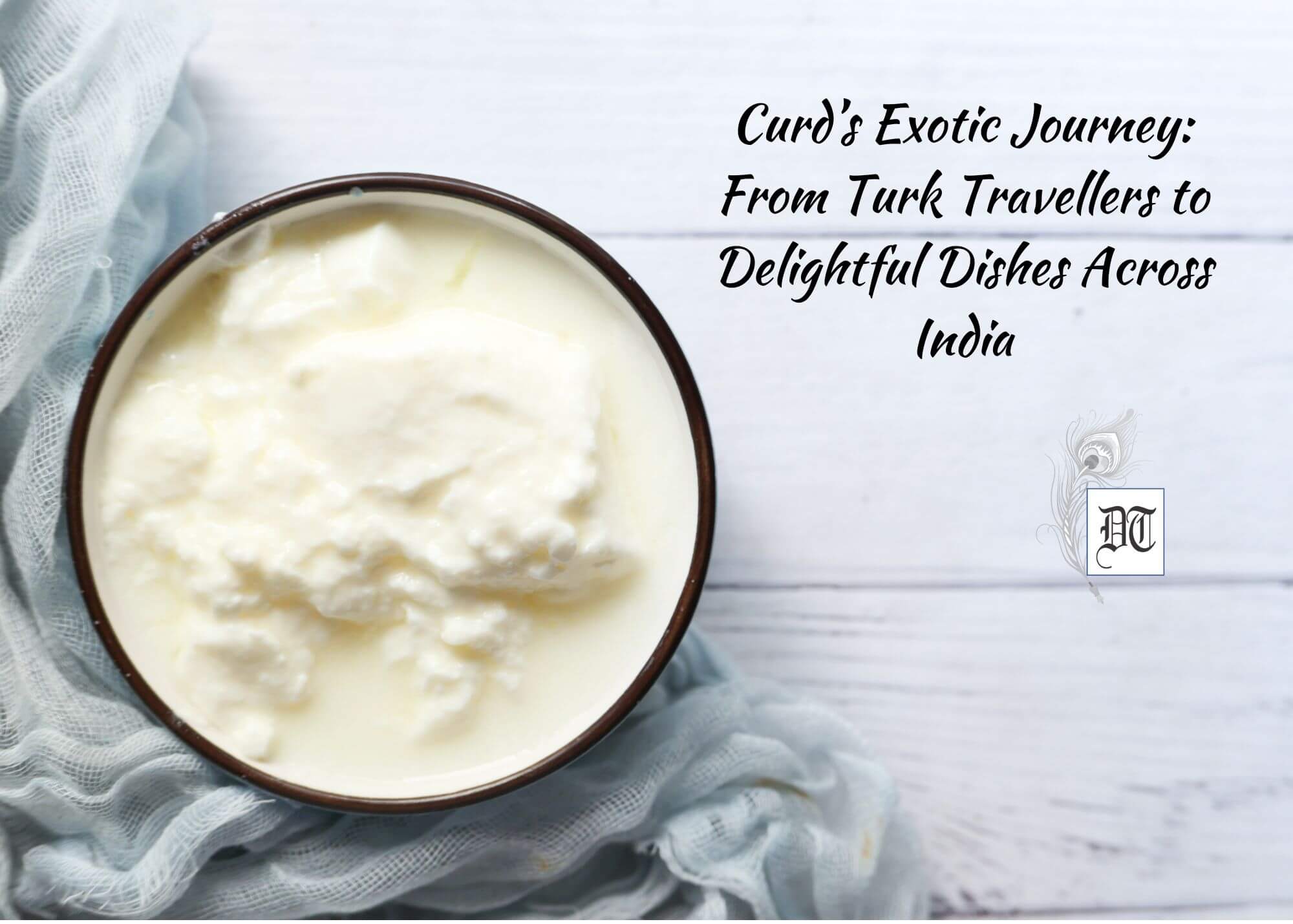Eighty-five years ago, this new-fangled merger of Chinese ingredients like vinegar and soya sauce with garlic, ginger and chillies began. A unique amping up of flavour profiles kickstarted a new yummy dance on taste buds! Chinese ingredients were adapted and manipulated to suit Indian preferences. Lily traces the beginnings of Indian-Chinese fusion cuisine, in her weekly column. A Different Truths exclusive.
Whenever I visit my daughter in the USA, I miss the sour-spicy, tangy, hot flavours of what we now recognise as Indian-Chinese food. It is a unique cuisine of fiery fusion. Chinese used to come to India for millennia to search for Buddhist teachings but the First Chinese migrant who came for better prospects was Yang Tai Chow. He put down roots in Calcutta, in 1778. It was the capital of British India and was easily accessible from China both by land and sea. A Chinatown agog with enterprise flourished in Kolkata by early 20th century. The migrants were mostly Hakkas. Chinese distinguished themselves as tannery and shoe shop owners, sauce manufacturers and as dentists. Glory and distinction came their way as restaurateurs. Blending into the culture, assimilating Indian beliefs, they paid obeisance to Goddess Kali as their own. As a sign of unity, the Chinese offered rice, vegetable dishes, noodles and chop-suey to the goddess.
 Thus began the pilgrimage of this mighty Sino-Indian cultural and culinary fusion. Eighty-five years ago, this new-fangled merger of Chinese ingredients like vinegar and soya sauce with garlic, ginger and chillies began. A unique amping up of flavour profiles kickstarted a new yummy dance on taste buds! Chinese ingredients were adapted and manipulated to suit Indian preferences.
Thus began the pilgrimage of this mighty Sino-Indian cultural and culinary fusion. Eighty-five years ago, this new-fangled merger of Chinese ingredients like vinegar and soya sauce with garlic, ginger and chillies began. A unique amping up of flavour profiles kickstarted a new yummy dance on taste buds! Chinese ingredients were adapted and manipulated to suit Indian preferences.
The invention of Chicken Manchurian, in 1975, by Nelson Wang, an Indian restaurateur and chef of Chinese descent, often known as the pioneer of Indian- Chinese cuisine was the example of how we would eat In Chinese restaurants in India after this. The story is rather absorbing. Wang was working as a caterer in the Cricket Club of India in Bombay at that time. He was asked to create an off-menu dish by a customer. It seems that Wang deep fried cubes of chicken coated with cornstarch and put together a sauce with basic Indian ingredients like garlic, ginger and green chillies by sautéing them in oil. The twist came, when instead of the typical Indian curry route of onions, tomatoes, gram masala, Wang put soy sauce, cornstarch and then tossed in the chicken. It is reported that in that analogue era, this dish became what would now be termed as viral. This spurred on Wang to open his chain of China Garden restaurants in many cities of India. Needless to say Chicken Manchurian is a must serve the dish on the menu. The vegetarian versions like Gobi (cauliflower) Manchurian and Vegetable Manchurian are hot favourites too. Street vendors do a roaring business selling these hot and sour beauties.
The reason why Indian-Chinese food is a huge hit is that the Hakka Chinese catered to the food habits of Indians while preparing the dishes. They upped the grease, spice and heat quotient and offered numerous vegetarian options. Not only is there a vegetarian counterpart but there is also a Jain option in some eateries. This means no onion or garlic either!
Funny sounding names like Chinese Bhel, Szechuan Dosa sit cheek by jowl with Szechuan Fried Rice and  Hakka Noodles. What gave me the tickles was the unusual Idli Chilli. Imagine a very South Indian steamed dumpling of soaked and ground rice and lentil batter, stir fried with soy sauce, ginger, garlic and chilli sauce! It astounded me with its ingenuity.
Hakka Noodles. What gave me the tickles was the unusual Idli Chilli. Imagine a very South Indian steamed dumpling of soaked and ground rice and lentil batter, stir fried with soy sauce, ginger, garlic and chilli sauce! It astounded me with its ingenuity.
 The Chinese use ingredients like Chow Sum, Bok Choy, watercress, Sichuan pepper and Ma Po Tofu in their food. Indian- Chinese cooking uses cabbage, carrots, capsicum, baby corn and is doused with Oyster sauce, vinegar, soya sauce, black peppercorn, Szechuan, black bean, sweet and sour and Hoisin sauces.
The Chinese use ingredients like Chow Sum, Bok Choy, watercress, Sichuan pepper and Ma Po Tofu in their food. Indian- Chinese cooking uses cabbage, carrots, capsicum, baby corn and is doused with Oyster sauce, vinegar, soya sauce, black peppercorn, Szechuan, black bean, sweet and sour and Hoisin sauces.
Indian-Chinese is now taking the world by storm. Chilli Chicken and its vegetarian avatars like Chilli paneer is a popular dish along with Honey Chilli Potatoes. The Indian version of Manchow Soup is a spicier version.
Chun Juan, Cantonese dumplings for welcoming spring are adored as spring rolls as party snacks. American Chopsuey is a must order dish in my family outings. Both the worthy husband and the daughter relish its crunchy sweet and sour taste.
A friend from Kolkata told me that even as early as 6 AM in the dawn, crowds start gathering in the historical neighbourhood of Tiretta Bazaar. It is steeped in history as this is the place where Chinese immigrants made their home. It is close to Poddar Court and Dharmatala. A Sunday morning scene of stalls selling Pak Choppy and Chinese Sausages. Pork balls and soup are lapped up and luckier folks get steamed pork buns. Bangladeshi labourers, older Afghan men and hordes of young students and middle-class Bengali families relish this fare along with the popular Indian-Chinese.
historical neighbourhood of Tiretta Bazaar. It is steeped in history as this is the place where Chinese immigrants made their home. It is close to Poddar Court and Dharmatala. A Sunday morning scene of stalls selling Pak Choppy and Chinese Sausages. Pork balls and soup are lapped up and luckier folks get steamed pork buns. Bangladeshi labourers, older Afghan men and hordes of young students and middle-class Bengali families relish this fare along with the popular Indian-Chinese.
Opened in 1924, it is said that legendary Bollywood stars ate Chilli Chicken sitting in a horse drawn carriages. Chef Joel Hong’s grandfather was the inventor of the Schezwan Sauce, which every Hakka Chinese kitchen uses in India. Indians have no boundaries. There are a Schezuan Naan, Chaat and Popcorn as well. Pou Chong Sauces is the last standing Chinese sauce factory. It is known for its Green Chilli sauce. Any Indian snack or f ood can also be slathered on it.
ood can also be slathered on it.
Tangra, meaning tannery in Bengali, is the neighbourhood where the cuisine took shape.
Big Boss was the largest and first Tangra restaurant. Five hundred and more people can be seated, the menu is long and caters to the local favourites like golden fried prawn, dragon fish and crispy Chilli lamb. Cheap alcohol is available close by. Two different experiences – Tiretta and Tangra.
Though Chinese are fewer in number now, ever since the Dalai Lama was given refuge in India, their legacy lives on in renditions of deep fried Honey Chilli Potatoes and whimsical tasting hot and sour soup!!
I am already drooling. Thank God the Chinese decided to let their food be fused with ours!
©Lily Swarn
Photos from the Internet
#FusionFood #IndoChineseFood #SpicyChineseFoodInIndia #DeliciousFood #HistoryOfIndoChineseFood #HistoryAndMysteryOfFood #DifferentTruths





 By
By

